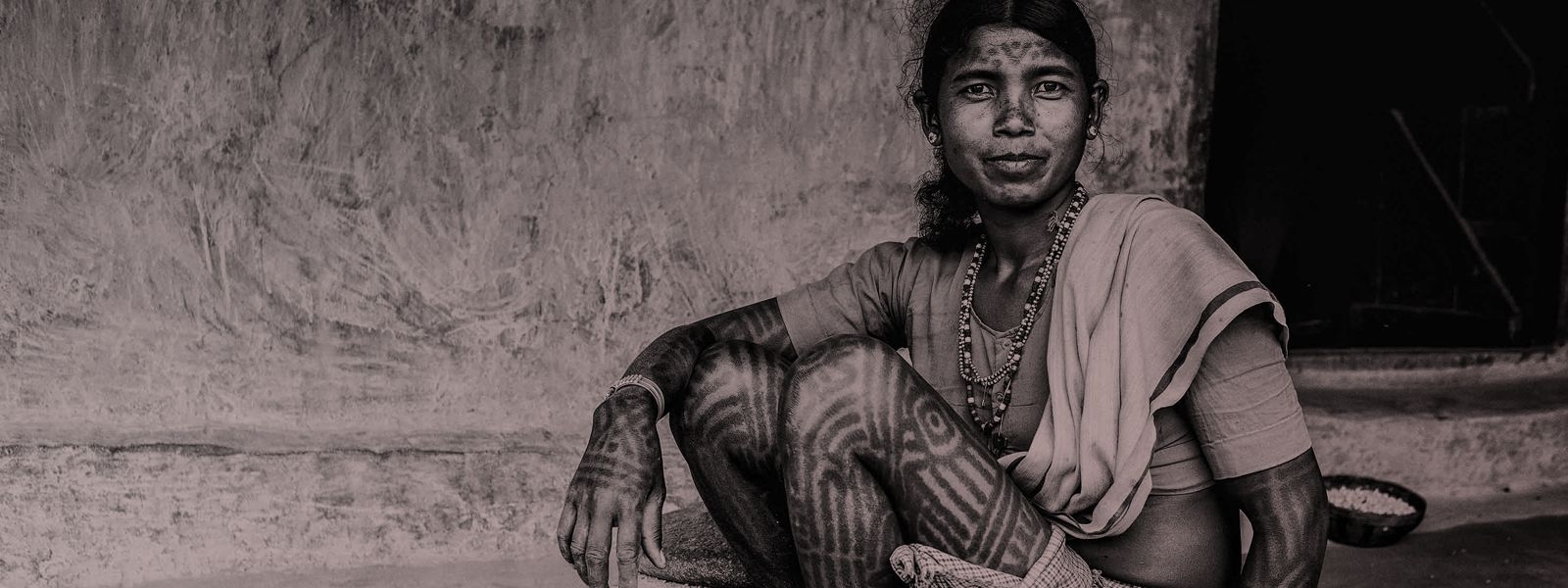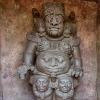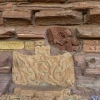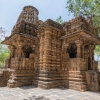The project to document the cultural and natural heritage of the state of Chhattisgarh has been undertaken by Sahapedia in collaboration with the Directorate of Culture and Archaeology, Government of Chhattisgarh, beginning December 2017. This extensive documentation project covers rituals and practices, crafts and performative traditions, material culture and oral epics, folklore and dialects of adivasi and non-adivasi communities from the region, and also includes research on the state’s natural heritage and environment to reveal the state’s rich resources.
This project is distinctive in the range of individuals, from across communities, it has reached out to for contributions that reflect knowledge and oral histories of this state from within. It is rich in conversations with savants, artists, performers and crafts persons, bringing forth rare and unknown sources of knowledge on the intangible heritage of the state. Most of the documentation captures traditions and sources of knowledge on the verge of disappearing.
The aim of the Chhattisgarh project has been to:
- Provide access to rarely known cultural resources of this state, individuals, communities, craft and performance traditions, natural resources, traditions, etc.
- To draw connections within the state and beyond it.
- Reveal patterns of change and continuity in lives, practices and natural resources in post-Independence India.
- Map sites of craft practices, folklores, regional mythologies, sacred spaces, melas, archaeological sites etc.
- Trace institutional histories.
- Identify and record intangible heritage, vanishing practices and communities.
This documentation is curated online in the form of multimedia modules that bring together articles, audio and video recordings, interviews, photos and archival material to provide contexts.







